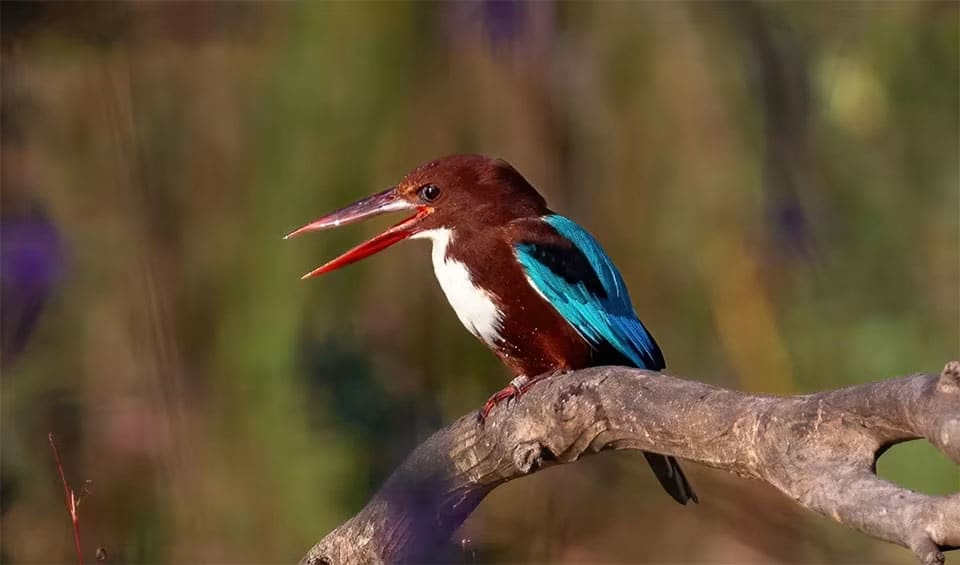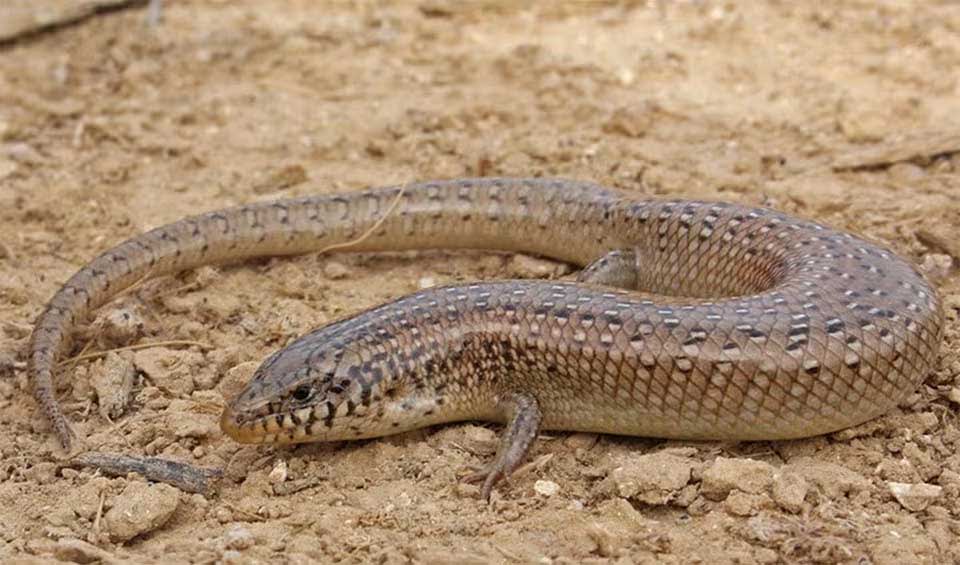Kuwait has a flat landscape with numerous valleys that mostly slope towards the northeast. It has a coastline stretching about 660 kilometers (410 miles), including nine islands offshore. Kuwait Bay is significant for nurturing fish and shrimp larvae. Despite its small size, Kuwait displays nine different landforms like mud flats and gravel plains, and four types of desert environments such as sand dunes and salt depressions. The interior consists of gravel plains with vegetation like herbs and shrubs.
Wadi Al Batin Valley along the western border with Iraq is a notable feature. Mud flats in the south are saline and rich in biodiversity, serving as a vital stopover for birds. They are home to unique species like the Kuwaiti Lobster.
Four pillars elaborated:
In recent years, Kuwait has implemented significant measures to protect and rehabilitate its biodiversity, establishing nature reserves and undertaking targeted conservation efforts. Covering around 10% of the country’s total area, these reserves serve as protected spaces for various species, including migratory birds, desert wildlife, and native plants. The government plans to expand this coverage to 20% in the future, underscoring its commitment to preserving Kuwait’s natural heritage. These reserves have proven effective in conserving biodiversity, providing essential habitats for migratory birds and offering refuge for small desert animals. Additionally, they serve as valuable research sites, enabling scientists to study Kuwait’s unique ecosystems and develop effective conservation strategies and rehabilitation programs. Land Management
Land Management
The Iraqi invasion of Kuwait in 1990 resulted in one of the most devastating disasters for the country’s fragile ecosystems, marked by the bombing of over 700 oil wells and subsequent oil spills in marine and land environments, as well as air pollution from burning fires and military activities. This led to widespread contamination of soil and land, causing devastation to vegetation and wildlife, with ongoing environmental investigations by the government. Additionally, factors like overgrazing, human activities, urban development, and infrastructure projects have accelerated land degradation and biodiversity loss. Threats to Biodiversity
Threats to Biodiversity
Coastal ecosystems are under threat from artificial island construction and harbors, while marine biodiversity faces challenges from overfishing, habitat destruction, and pollution from various sources such as wastewater, industrial activities, and oil exports, resulting in significant incidents of fish mortality.
Kuwait faces obstacles in implementing biodiversity conservation measures, including a lack of coordination between government agencies and NGOs, shortages of specialists for plant and marine organism protection, and inadequate legislation enforcement and budget allocation. The country aims to enhance coordination among relevant bodies such as the Environment Public Authority, Public Authority for Agriculture Affairs and Fish Resources (PAAFR), Kuwait University, and NGOs like the Environment Protection Society and Voluntary Work Centre. PAAFR, tasked with establishing national parks and combating desertification, collaborates with other authorities to execute conservation plans effectively. Capacity and Governance
Capacity and Governance
Kuwait is deeply committed to achieving the United Nations’ 2030 Sustainable Development Goals (SDGs), aligning its national development plans to create inclusive, secure, and sustainable living environments. Through established committees and organizations, Kuwait drives sustainable change by fostering awareness and executing initiatives supporting the SDGs. A key focus lies in developing sustainable cities and human settlements, integrating environmentally conscious practices into urban planning and infrastructure to create inclusive communities. Future Trends
Future Trends
Notably, Kuwait emphasizes sustainable social housing, employing green building techniques and renewable energy sources to provide affordable, environmentally responsible housing options. This commitment extends to fostering inclusive communities, ensuring equal access to opportunities and services for all residents, fostering a fair and supportive society.
Biodiversity
Kuwait’s ecosystem is an incredible and unique environment characterized by extreme heat and aridity. The flora and fauna of this region have adapted to the harsh conditions, making them particularly fascinating. Some of the distinctive plant species found in Kuwait include the beautiful desert hyacinth, the hardy desert oleander, and the striking desert iris. These plants have adapted to conserve water, reduce evaporation, and survive in the challenging environment.The fauna of Kuwait is equally impressive, with several species of reptiles and birds calling this region home. The desert monitor lizard and the Arabian toad-headed agama are some of the reptiles found in Kuwait. The country is also home to several bird species, including the melodious desert lark and the elegant Arabian partridge. Additionally, the Persian gazelle is one of the few native mammal species found in Kuwait.
In the table below are the number of known species in several main groups, how many of these species are Threatened with extinction, and how many of them are Endemic (unique to Kuwait only):
| Species (World rank) |
Threatened | % Threatened | Endemic | % Endemic | |
|---|---|---|---|---|---|
| Mammals | 42 (#165) | 7 | 16.7% | ||
| Birds | 290 (#132) | 11 | 3.8% | ||
| Reptiles | 19 (#159) | 4 | 21.1% | ||
| Amphibians | |||||
| Fishes | 521 (#113) | 36 | 6.9% | 2 | 0.4% |
| Plants | 402 (#199) |
mammals
Arabian oryx
A desert icon, stands tall, thriving in the sand – truly born to be wild in their extreme habitat
Cheetah
Racing to extinction: historically ranging throughout Africa to India, now distributed in small, fragmented populations
Lesser Egyptian jerboa
This ‘mini kangaroo’ leaps up to 3 m (9.8 ft) in a single jump, thanks to its incredibly large hind legs
birds
Golden eagle
This majestic brown raptor is most widely distributed eagle species
Common crane
The flocks of this social and gregarious bird are fond of migration, flying over the horizon and creating a V-shaped formation
White-throated kingfisher
These birds are quite chatty, and their sounds are like a strong and determined rattling laugh
reptiles
Large whip snake
Helpful for the ecosystem and agriculture as it reduces the number of pests and other dangerous snakes
Ocellated skink
Stands out with its striking ocelli, or eye-like markings, that adorn its sleek body
Hawksbill sea turtle
Its slender frame and narrow head bear a beak curved like a hawk’s, earning this marine marvel its name
National Animals
Arabian camel
No more true wild animals: all are domesticated or escaped from stock
Saker falcon
Their keen vision enables them to scan vast landscapes, identifying small movements or potential prey items even from high altitudes















